A simple device, just a heat and movement Sensor attached to digital camera, has revolutionised the way that conservationists learn about animals in the wild, SIA reports referring to Euronews.
Camera traps are a very simple solution to the task of working out when, where and how wildlife interacts with its environment. Monitoring populations without damaging habitats, these relatively simple devices have provided some astonishing finds including revealing species previously hidden in the untouched depths of the forest. Elusive new creatures aren’t their only speciality, however, as in 2015, similar devices helped reveal that the critically endangered Javan rhinoceros was breeding and significantly adding to its tiny population.
After identifying a likely area for a sighting, usually with the help of local guides, traps are placed at animal height on trees and posts and left to wait until wildlife walks by. A memory card stores the images for conservationists to fetch with these cameras often being deployed for months at a time and collecting hundreds of thousands of images with invaluable information about biodiversity.
And herein lies the problem. Whilst the traps have allowed millions of photographs worth of data to be amassed, the time it takes to weed out empty frames and label the species that cross their lens is astronomical. The delay in processing data can mean that vital information about biodiversity could be out of date before it can be used.
This rapid computer analysis would make camera trap data available in “near real-time” removing the delay in processing that can make performing even basic research an incredibly slow process. Speed is vital in conservation to allow scientists and officials to react to ecological changes and rapid environmental disruption. Making this wealth of information rapidly available will help to support those attempting to save critically endangered species and their habitats.
Google has highlighted the story of scientists in Columbia who, after the demobilization of the FARC in 2017, have been gradually rediscovering parts of the Amazon that they could not enter during the conflict in the region. The short film shows how field biologist Angélica Diaz-Pulido of the Instituto Humbolt is using camera traps to monitor umbrella species like the Jaguar in the forest that skirts the unique Rainbow River region.
“The challenges we biodiversity researchers currently face are focused on carrying out research quickly and ensuring it gets to decision-makers in time,” Diaz-Pulido explains in the short film. Threats to forests in this region are looming and intervention needs data to be processed rapidly so that recommendations can be passed on to the Minister of Environment. Leaving camera traps for just one month, however, can generate nearly 150,000 images which would take the Instituto Humbolt’s researchers up to a year to sort through.
Machine learning helps to speed up the processing of this massive amount of data so that the scientists on the raw edge of this impending mass extinction can use the most recent biodiversity figures to inform policymaking. This speedy analysis could help save species on the brink of extinction by getting the news of their decline out there before the images before irrelevant.
Bütün xəbərlər Facebook səhifəmizdə


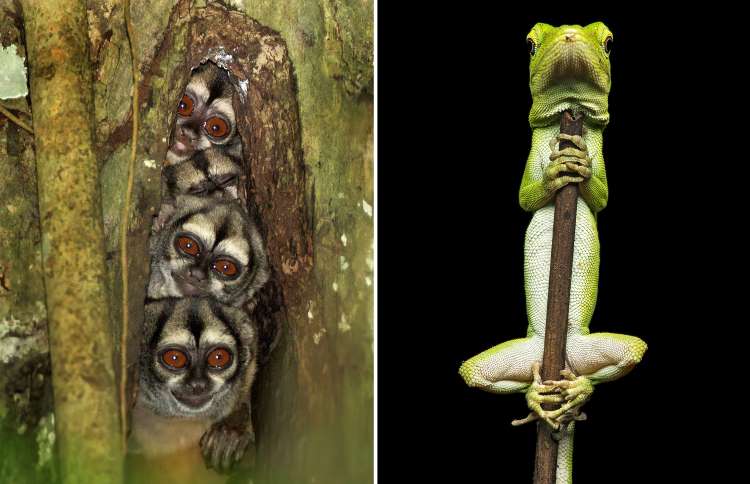
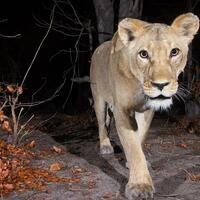
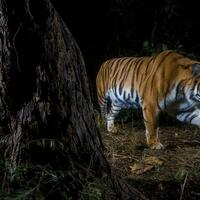
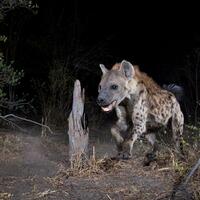





















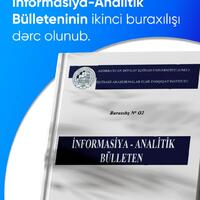





.jpg)
 USD
USD
 EUR
EUR GBP
GBP RUB
RUB